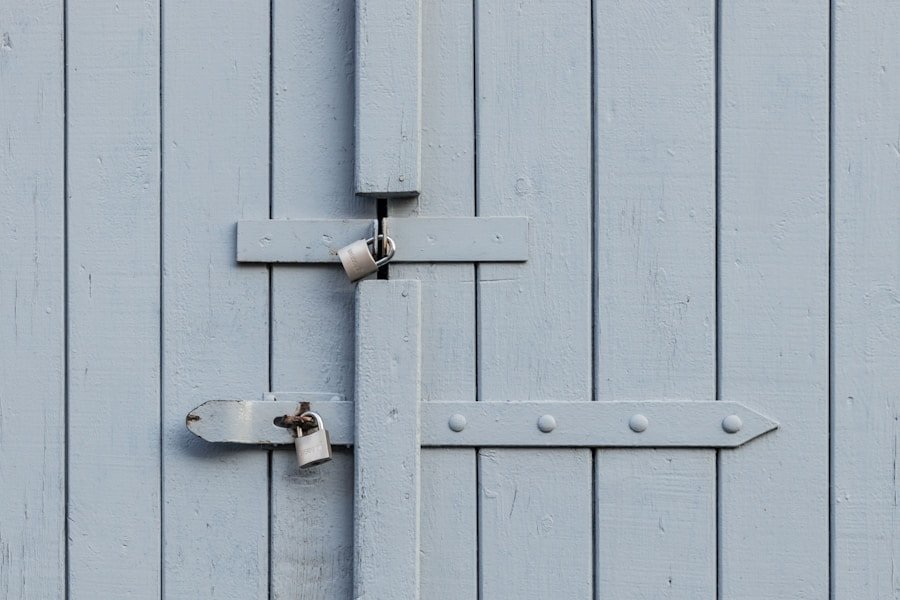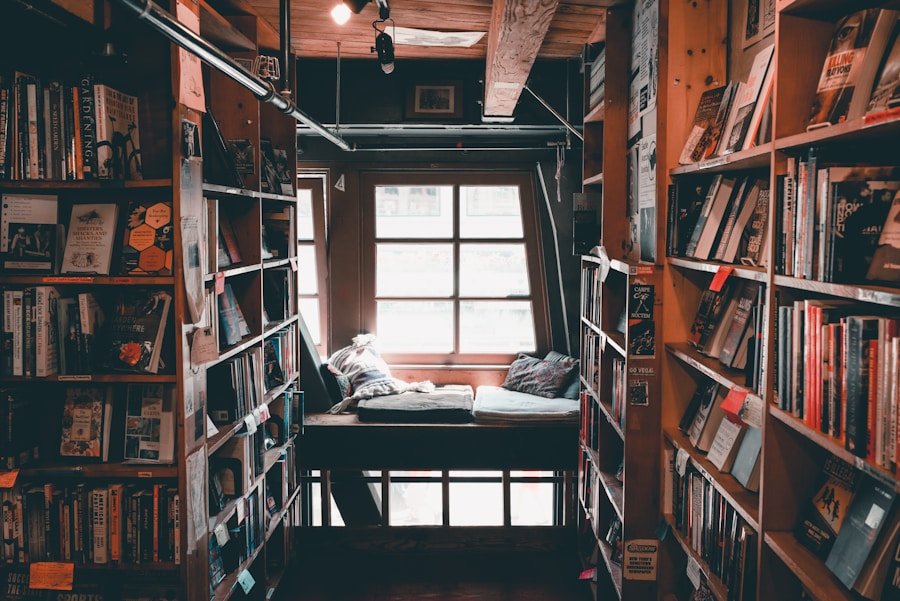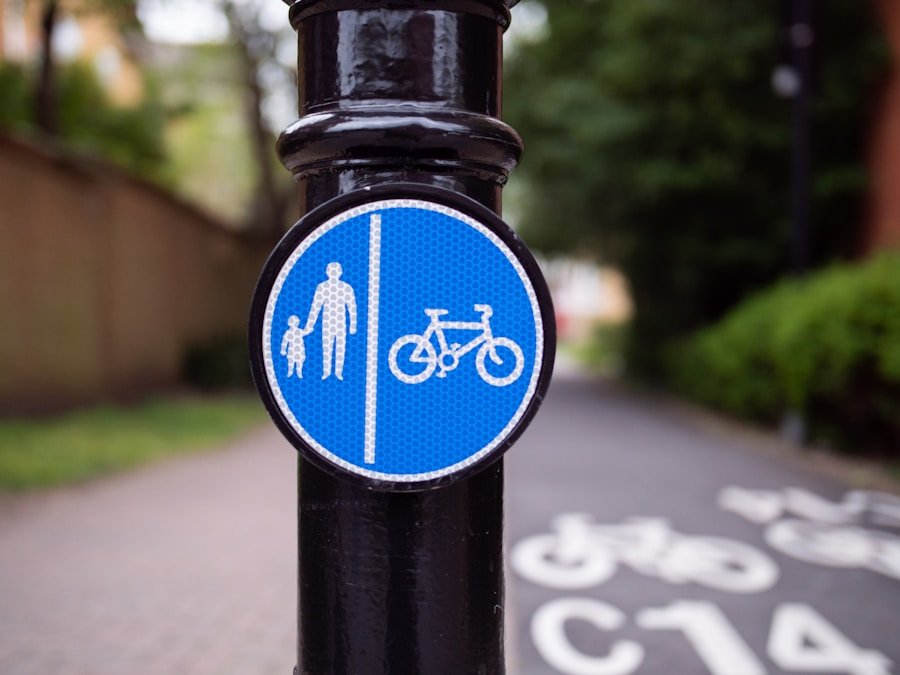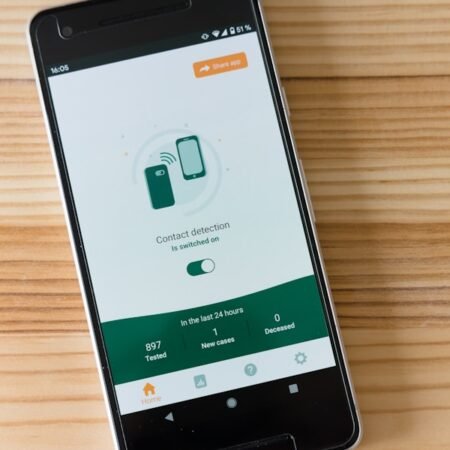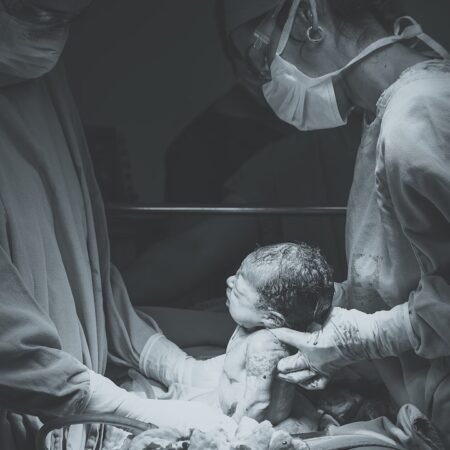When it comes to baby-proofing your home, the first step is to identify potential hazards that could pose a risk to your little one. This includes taking a close look at every room in your home and assessing any potential dangers. Common hazards to look out for include sharp corners on furniture, loose cords or wires, small objects that could be choking hazards, and any items that could be easily pulled down or knocked over.
It’s important to get down on your hands and knees and see the world from your baby’s perspective in order to identify any potential dangers that may not be immediately obvious to an adult. In addition to physical hazards, it’s also important to consider potential chemical hazards in your home. This includes household cleaners, medications, and any other potentially toxic substances that could be within reach of your baby.
It’s important to store these items out of reach and in a locked cabinet to prevent accidental ingestion. By taking the time to thoroughly assess your home for potential hazards, you can take proactive steps to keep your baby safe and sound.
Key Takeaways
- Identify potential hazards in your home such as sharp corners, small objects, and choking hazards to keep your baby safe.
- Implement safety measures in the nursery by securing furniture to the wall, using cordless window coverings, and keeping cribs free of blankets and pillows.
- Secure furniture and appliances to prevent tipping and use safety latches on cabinets and drawers to keep your baby safe from potential dangers.
- Childproof electrical outlets and cords by using outlet covers and cord organizers to prevent your baby from accessing them.
- Create safe play areas by using safety gates to block off dangerous areas and using soft, padded flooring to cushion falls.
Safety Measures for the Nursery
The nursery is one of the most important rooms to baby-proof in your home, as this is where your baby will spend a significant amount of time. When it comes to the crib, it’s important to ensure that it meets current safety standards and that there are no loose or missing parts. Additionally, it’s important to keep the crib free of any soft bedding, pillows, or stuffed animals, as these can pose a suffocation risk for babies.
It’s also important to secure any furniture in the nursery, such as dressers or bookshelves, to prevent them from tipping over. In addition to securing furniture, it’s important to ensure that all electrical outlets in the nursery are covered with outlet covers to prevent your baby from sticking their fingers or objects into them. It’s also important to keep cords from blinds or curtains out of reach, as these can pose a strangulation risk.
By taking these safety measures in the nursery, you can create a safe and secure environment for your baby to sleep and play.
Securing Furniture and Appliances
In addition to the nursery, it’s important to secure furniture and appliances throughout your home to prevent them from tipping over onto your baby. This includes securing bookshelves, dressers, and televisions to the wall using furniture straps or anchors. Additionally, it’s important to keep heavy items on lower shelves to prevent them from being pulled down onto your baby.
When it comes to appliances, it’s important to keep them out of reach of your baby and to use safety locks on any doors or drawers. It’s also important to be mindful of any sharp corners on furniture that could pose a risk to your baby. There are a variety of products available, such as corner guards or edge bumpers, that can be used to cover sharp edges and corners to prevent injuries.
By taking these proactive measures to secure furniture and appliances in your home, you can create a safe environment for your baby to explore and play.
Childproofing Electrical Outlets and Cords
| Area of Home | Potential Hazards | Baby-Proofing Solutions |
|---|---|---|
| Kitchen | Sharp objects, hot surfaces, chemicals | Install cabinet locks, stove guards, and keep chemicals out of reach |
| Living Room | Sharp corners, electrical outlets, heavy furniture | Use corner guards, outlet covers, and anchor furniture to the wall |
| Bathroom | Slippery floors, sharp objects, medications | Use non-slip mats, lock away sharp objects, and keep medications out of reach |
| Bedroom | Blind cords, small objects, falling hazards | Use cord wind-ups, keep small objects out of reach, and secure furniture |
Electrical outlets and cords pose a significant risk to babies and young children, as they can easily be accessed and tampered with. It’s important to use outlet covers on all electrical outlets throughout your home to prevent your baby from sticking their fingers or objects into them. Additionally, it’s important to keep cords from blinds, curtains, and other electrical devices out of reach of your baby to prevent them from becoming tangled or posing a strangulation risk.
In addition to using outlet covers and keeping cords out of reach, it’s important to use cord shorteners or wind-ups to keep excess cord length out of reach of your baby. This will help prevent your baby from pulling on cords and potentially causing an appliance or electronic device to fall onto them. By taking these steps to childproof electrical outlets and cords in your home, you can significantly reduce the risk of electrical injuries for your baby.
Creating Safe Play Areas
Creating safe play areas for your baby is essential for their development and safety. It’s important to designate specific areas in your home where your baby can play freely without the risk of injury. This may include using safety gates to block off certain areas of your home, such as the kitchen or stairs, where your baby could potentially get into trouble.
Additionally, it’s important to use soft padding or rugs in play areas to cushion any falls. It’s also important to carefully select toys and play equipment for your baby that are age-appropriate and free of small parts that could pose a choking hazard. By creating safe play areas in your home, you can provide a secure environment for your baby to explore and develop their motor skills.
Kitchen Safety for Babies
The kitchen can be one of the most dangerous rooms in the home for babies and young children, as it contains a variety of potential hazards such as hot surfaces, sharp objects, and toxic substances. It’s important to use safety gates or locks to block off the kitchen when it’s not in use to prevent your baby from accessing potentially dangerous items. Additionally, it’s important to keep all sharp objects such as knives and scissors out of reach of your baby.
When it comes to cooking, it’s important to use the back burners on the stove whenever possible and to turn pot handles away from the edge of the stove to prevent your baby from reaching up and pulling hot pots or pans down onto themselves. It’s also important to keep hot beverages and foods out of reach of your baby to prevent burns or scalds. By taking these safety measures in the kitchen, you can significantly reduce the risk of injury for your baby.
Tips for Baby-Proofing Stairs and Doors
Stairs and doors are two areas in the home that pose a significant risk for babies and young children. It’s important to use safety gates at the top and bottom of stairs to prevent your baby from falling down them. Additionally, it’s important to use door knob covers on doors that lead outside or into potentially dangerous areas of the home such as the garage or basement.
When it comes to stairs, it’s also important to use non-slip treads on each step to prevent slips and falls. It’s also important to keep stairs free of clutter or loose items that could pose a tripping hazard for your baby. By taking these steps to baby-proof stairs and doors in your home, you can create a safe environment for your baby to explore without the risk of injury.
In conclusion, baby-proofing your home is an essential step in keeping your little one safe and sound. By identifying potential hazards, securing furniture and appliances, childproofing electrical outlets and cords, creating safe play areas, ensuring kitchen safety, and baby-proofing stairs and doors, you can create a secure environment for your baby to grow and thrive in. Taking these proactive measures will give you peace of mind knowing that you’ve done everything possible to keep your baby safe in their own home.
FAQs
What is baby-proofing?
Baby-proofing is the process of making a home safe for infants and toddlers by identifying and addressing potential hazards.
Why is baby-proofing important?
Baby-proofing is important because it helps prevent accidents and injuries that can occur as babies begin to explore their surroundings.
When should I start baby-proofing my home?
It is recommended to start baby-proofing your home before your baby starts crawling, typically around 6-8 months of age.
What are some common baby-proofing measures?
Common baby-proofing measures include installing safety gates, securing furniture to the wall, covering electrical outlets, locking cabinets and drawers, and removing small objects that could be choking hazards.
What are some tips for baby-proofing the kitchen?
In the kitchen, it is important to install stove knob covers, use appliance locks, and keep sharp objects and cleaning supplies out of reach.
How can I baby-proof the bathroom?
In the bathroom, it is important to install toilet locks, keep medications and toiletries out of reach, and use non-slip mats in the bathtub.
What are some tips for baby-proofing the nursery?
In the nursery, it is important to secure heavy furniture to the wall, use cordless window coverings, and keep small objects out of reach.
What are some other areas of the home that should be baby-proofed?
Other areas of the home that should be baby-proofed include the living room, dining room, and any other areas where the baby will be spending time. This may include securing bookshelves, covering sharp corners, and using door knob covers.



